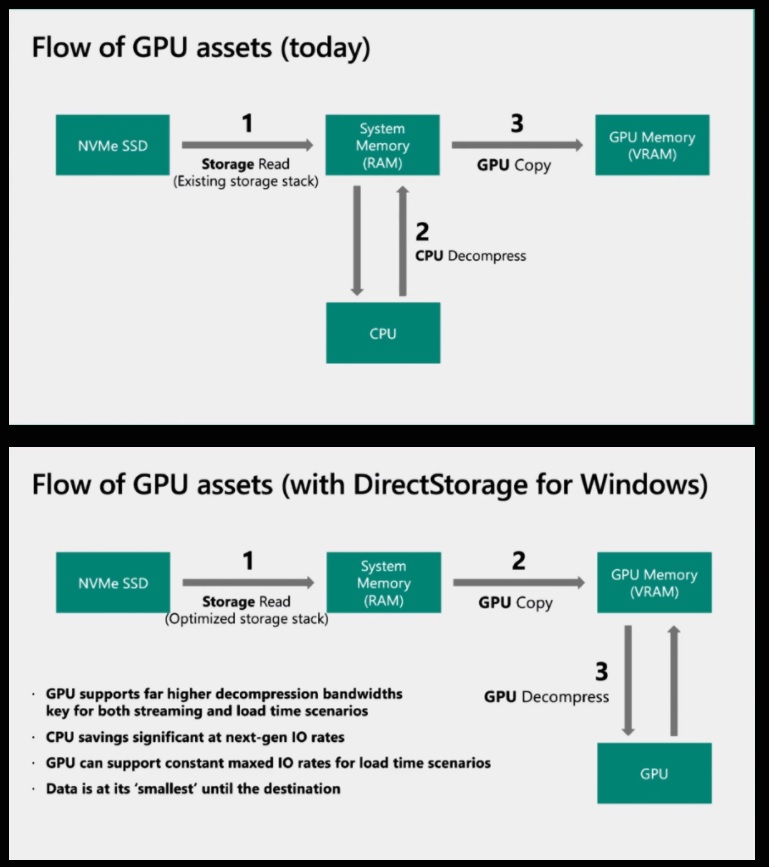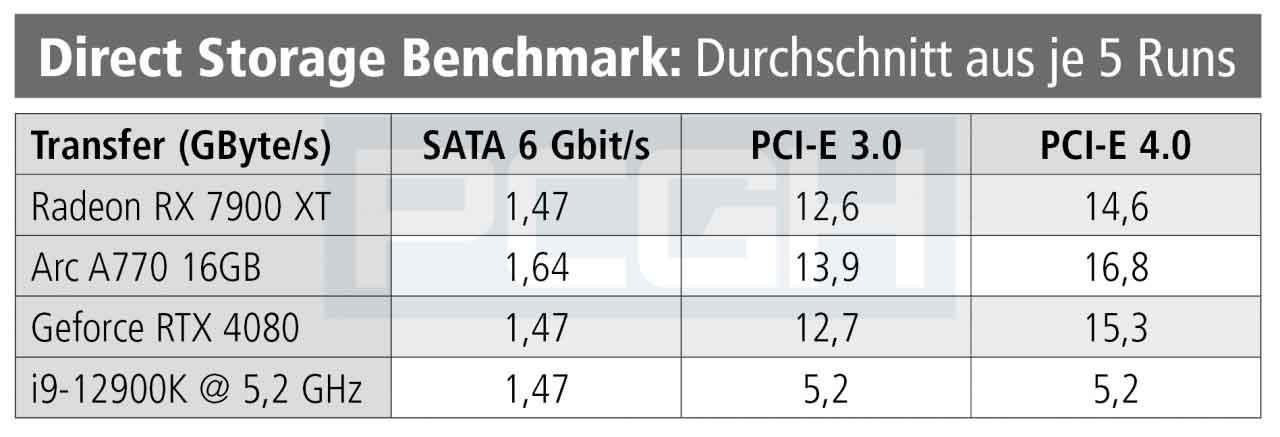
The arrival of DirectStorage in Windows 11 was one of the key points in the announcement of the then future version of Microsoft’s operating system. It had already been previously anticipated that it would reach Windows 10 at some point, although Microsoft later denied it… and then reconfirmed that it would, although only partially. In short, a mess of volume and spine, which leaves us in yes and no, and also a bit of the opposite. But, in case you are a Windows 10 user and you have been left with the doubt, the good news is that you can use it.
Last November, the launch of DirectStorage 1.1 finally took place, the new version of Microsoft’s API for Windows 11 and 10, which is, de facto, the starting signal for this technology that is so awaited by Windows users. and that is already well known to Xbox Series X | S users.
As you probably remember, DirectStorage substantially increases system performance when running games that use this technology by establishing a direct channel between system RAM and graphics card RAM, thus avoiding the bottleneck that is generated with the traditional procedure, in which the data extracted from the storage must also pass through the system processor.
So if Microsoft has already released the DirectStorage API 1.1 and users’ operating systems are ready to take advantage of this technology, does that mean they can? Well, the truth is that no, since there are still no games capable of using it. The first ones are expected to arrive during the first months of this 2023, but there is still no totally clear data in this regard, so we will have to wait a little longer, at least, to find out when we can start enjoying this technology in Windows.
And does it make sense to count the days in this wait? Well, the truth is that yes, since we are talking about a truly disruptive technology in terms of performance, as we have already seen in some previous tests, and it is confirmed by the measurements carried out by PCgamesHardware (in German), which has carried out tests with graphics cards from AMD, Intel and NVIDIA, as well as performance without DirectStorage, that is, with the processor assuming the decompression functions that have been delegated to the GPU with this technology. For this purpose they have used an application designed specifically for it and, in the table below you can see the more than striking results:
As surprising as it is to see that Intel’s graphics card is the one that provides the best performance at this point, the table indicates the average, of five tests, of the transfer rate in gigabytes per second. As we can see, the jump in performance from SSD drives to NVMe memories was a huge performance jump, and removing the processor from the equation allows, thanks to DirectStorage, that games can finally take advantage of it. Well, the games when they come, you know what I mean.





